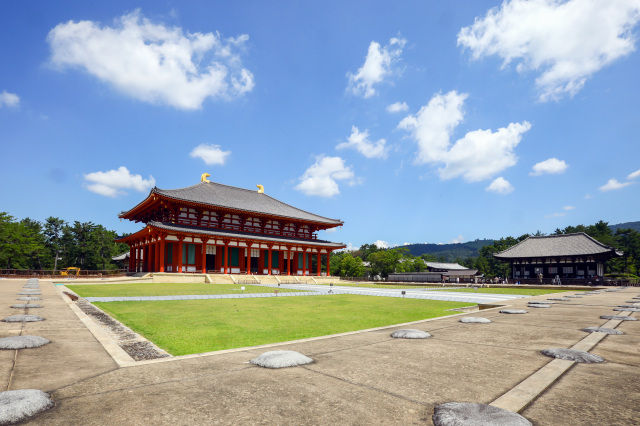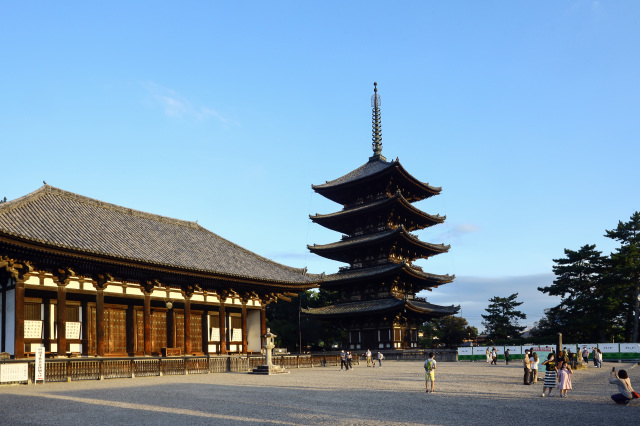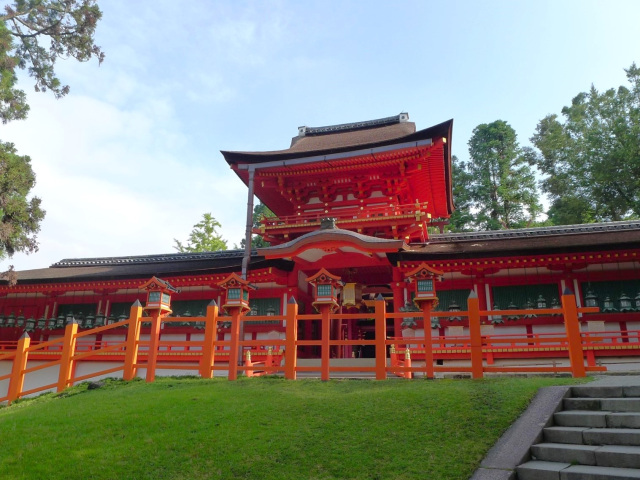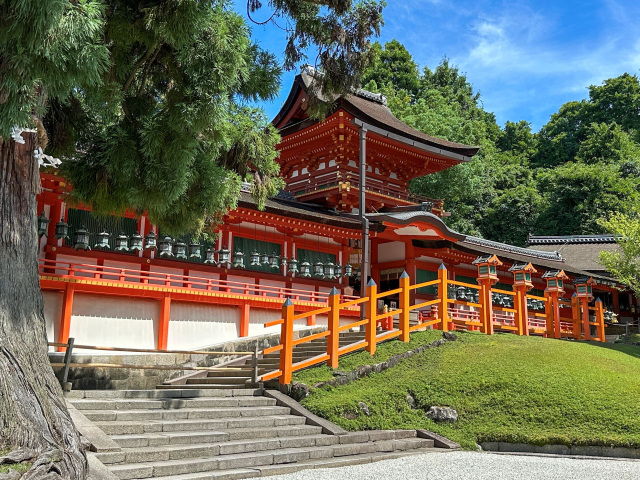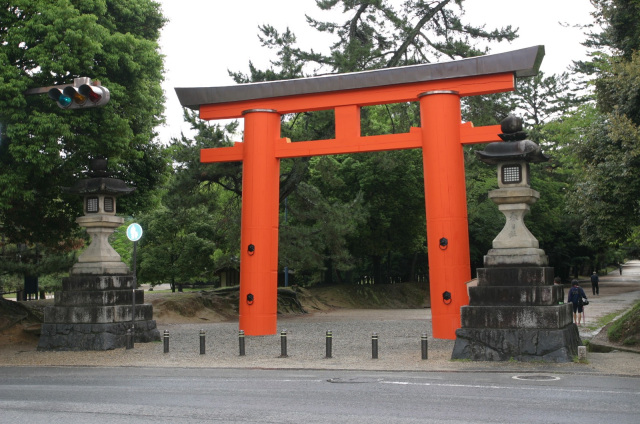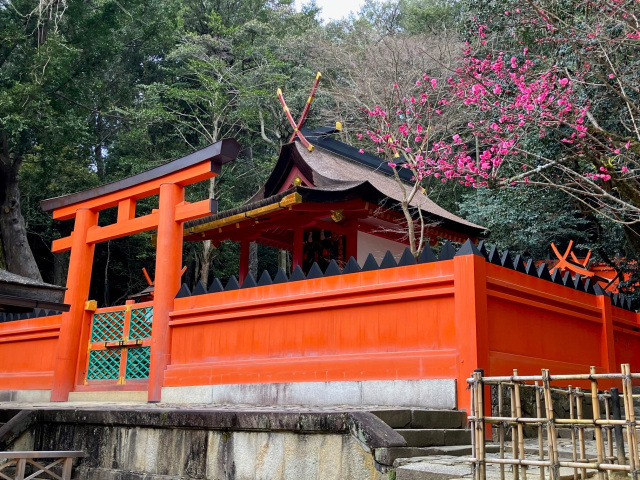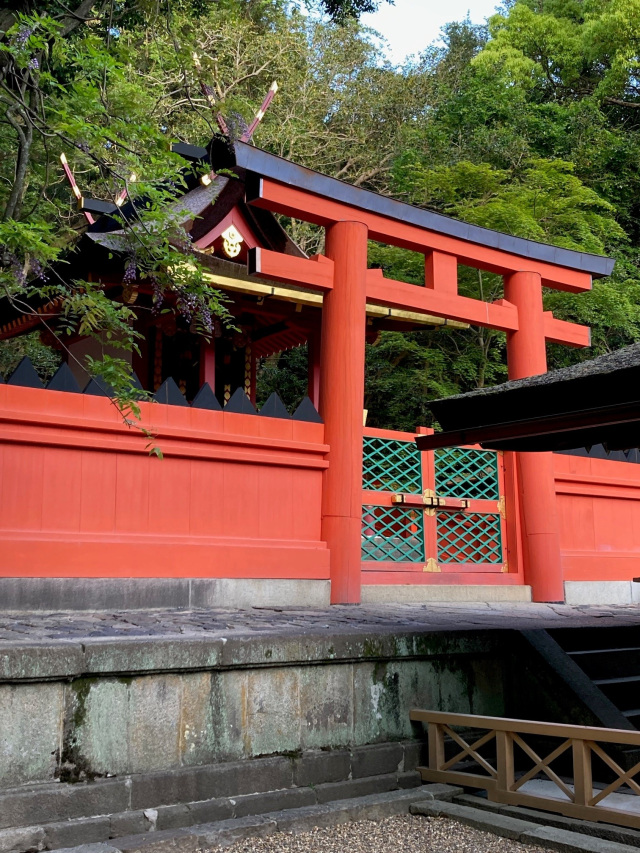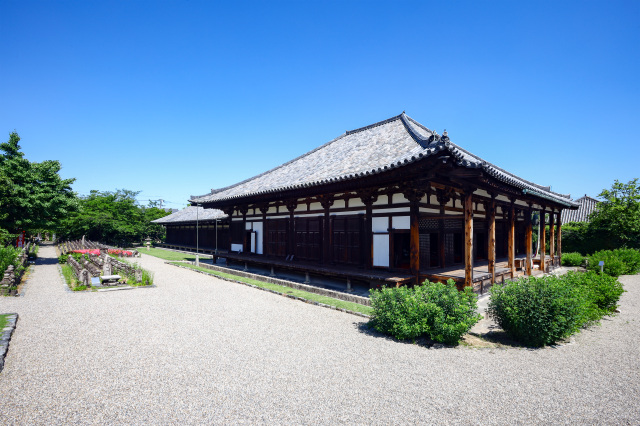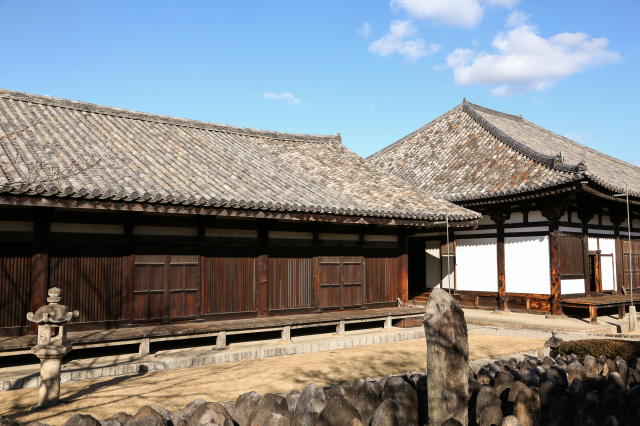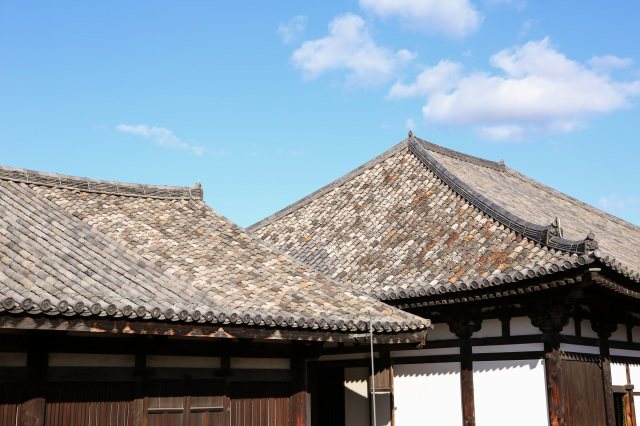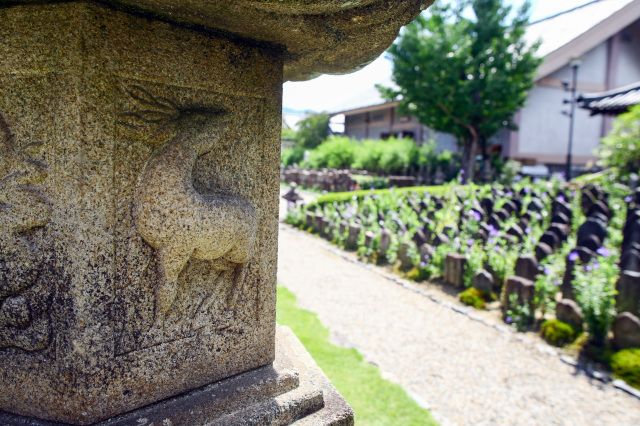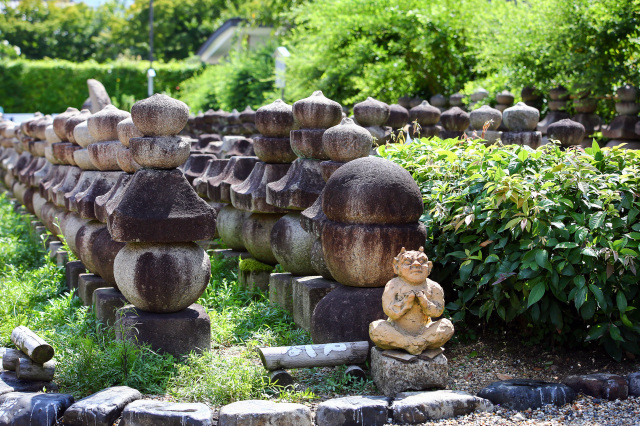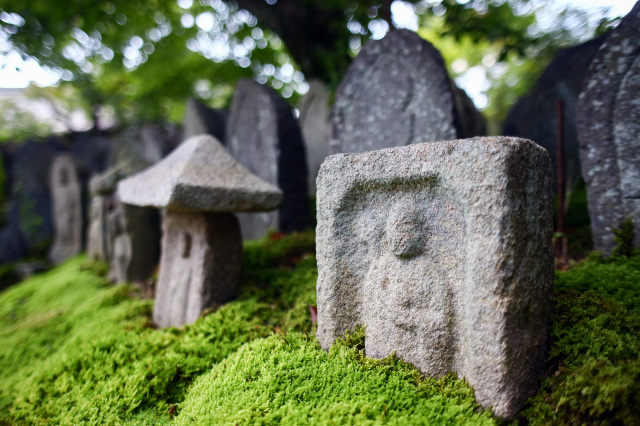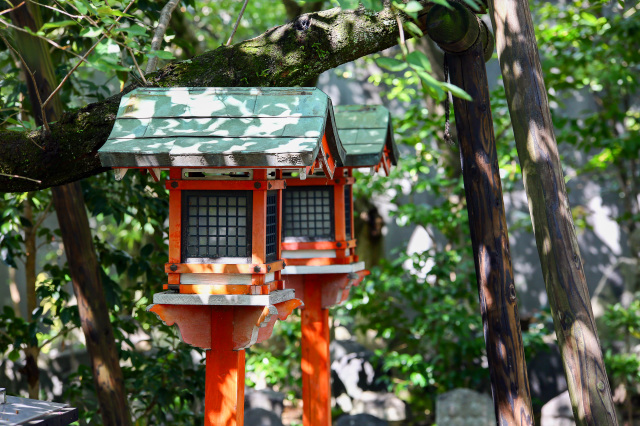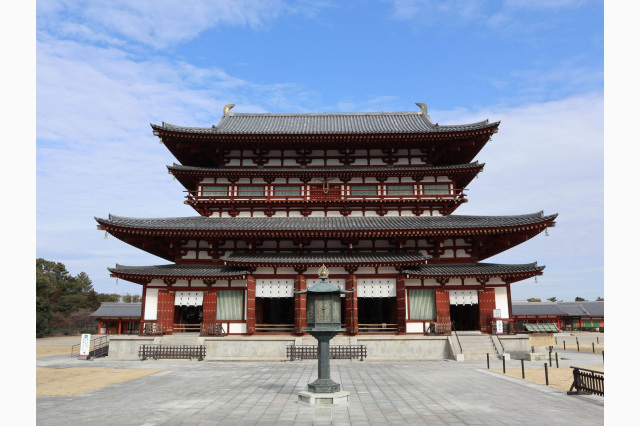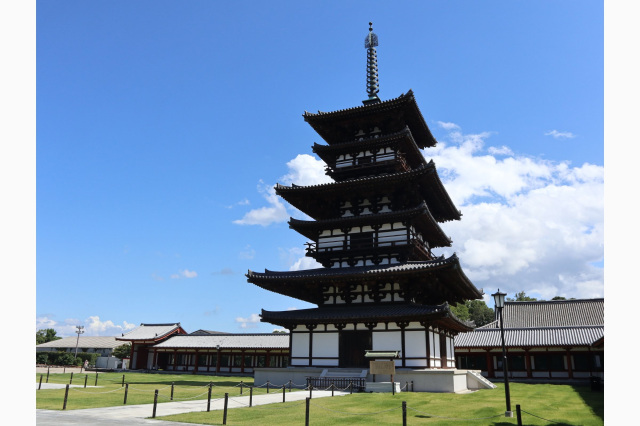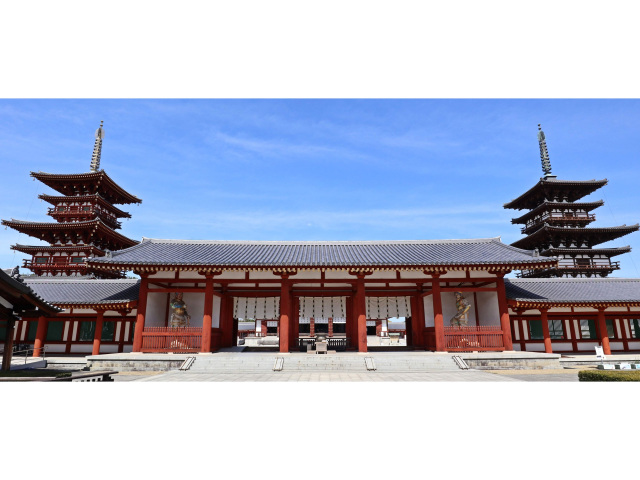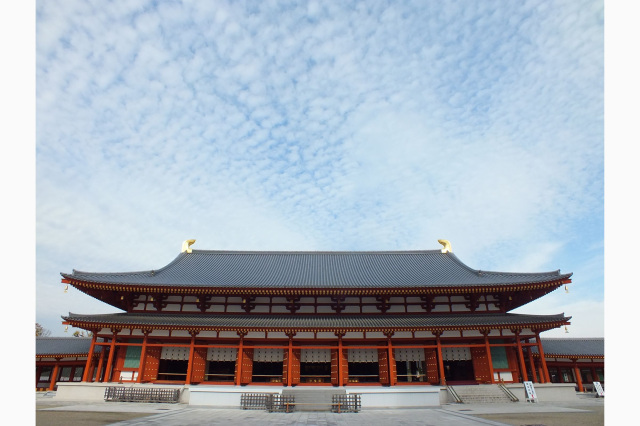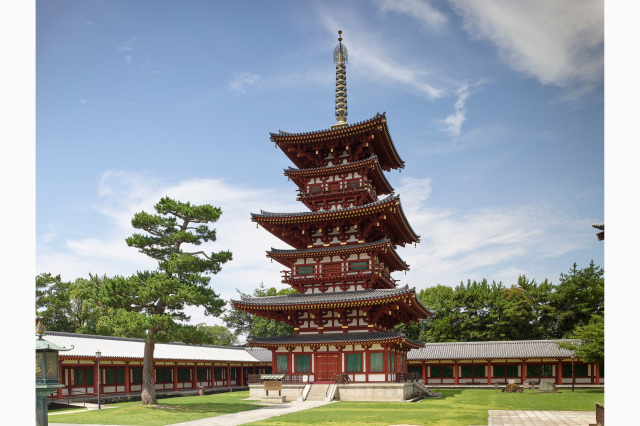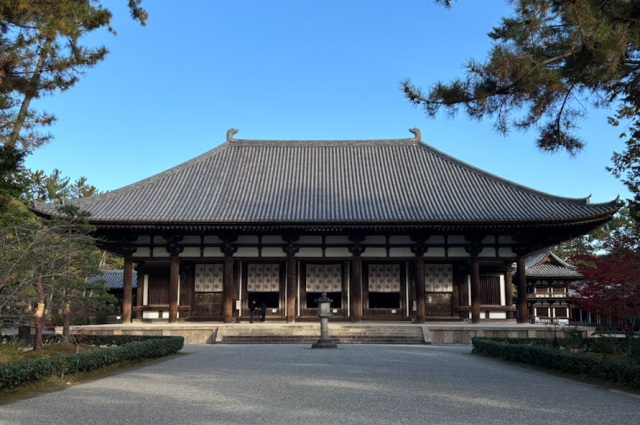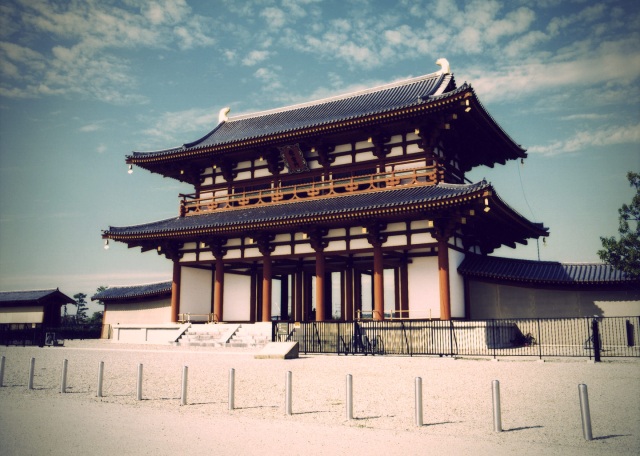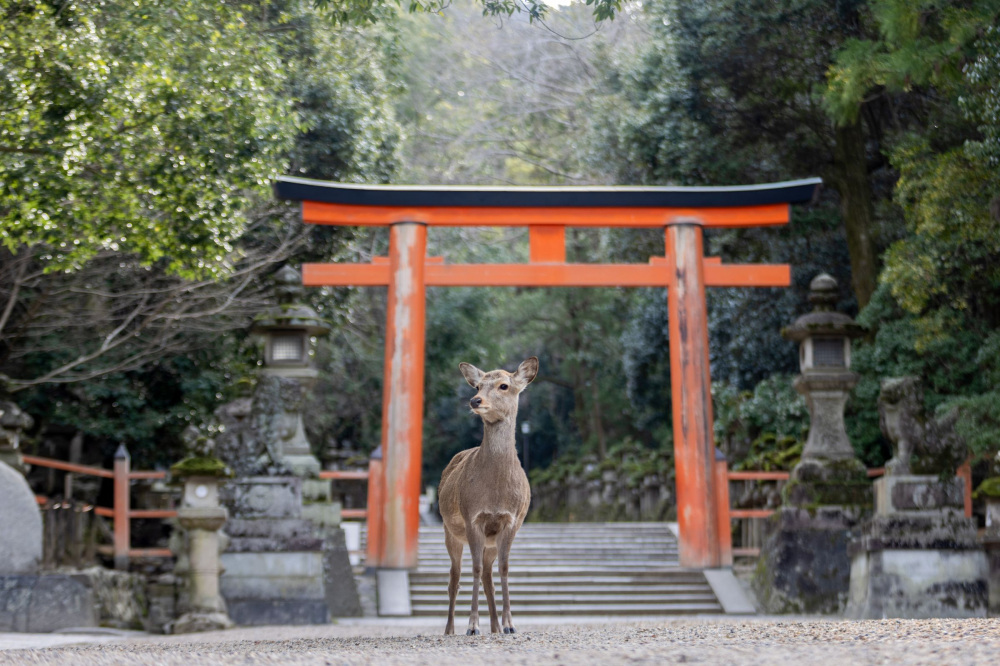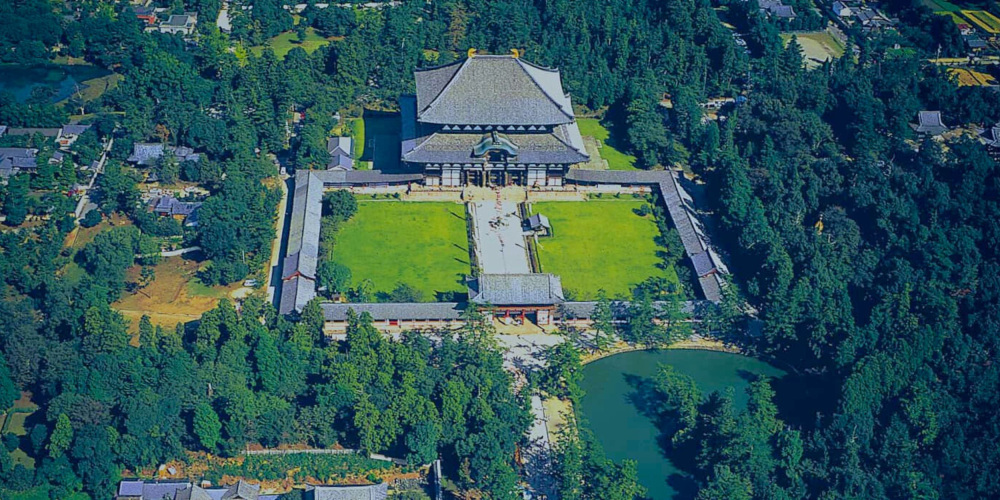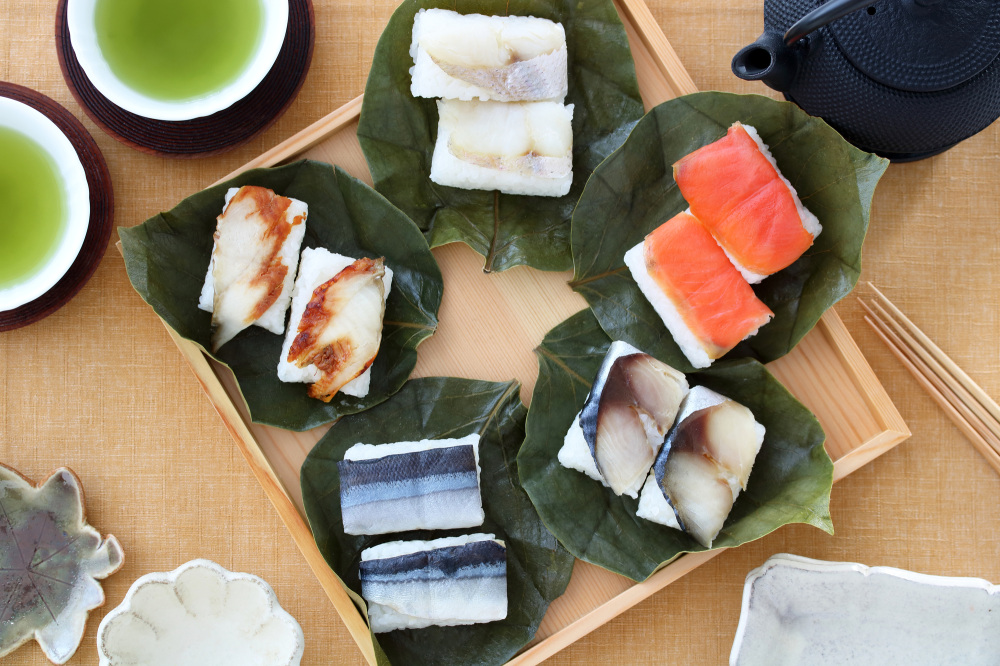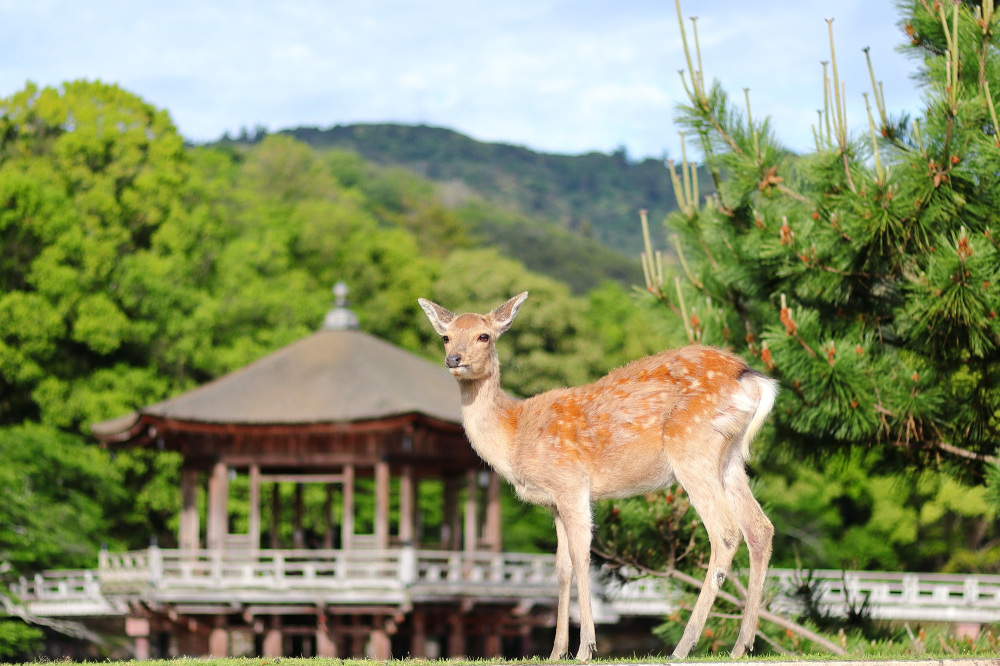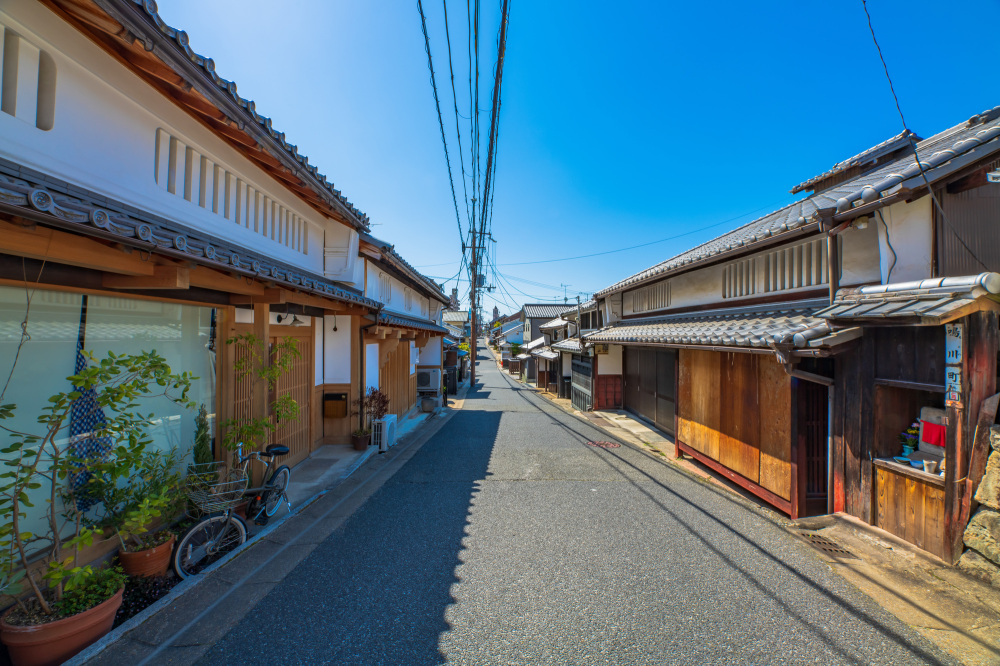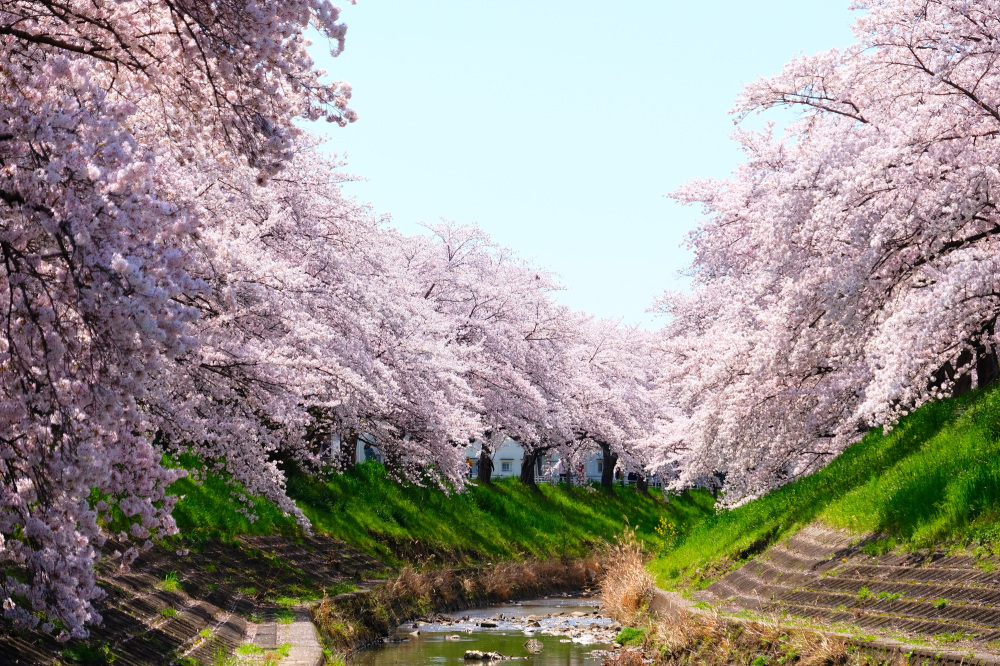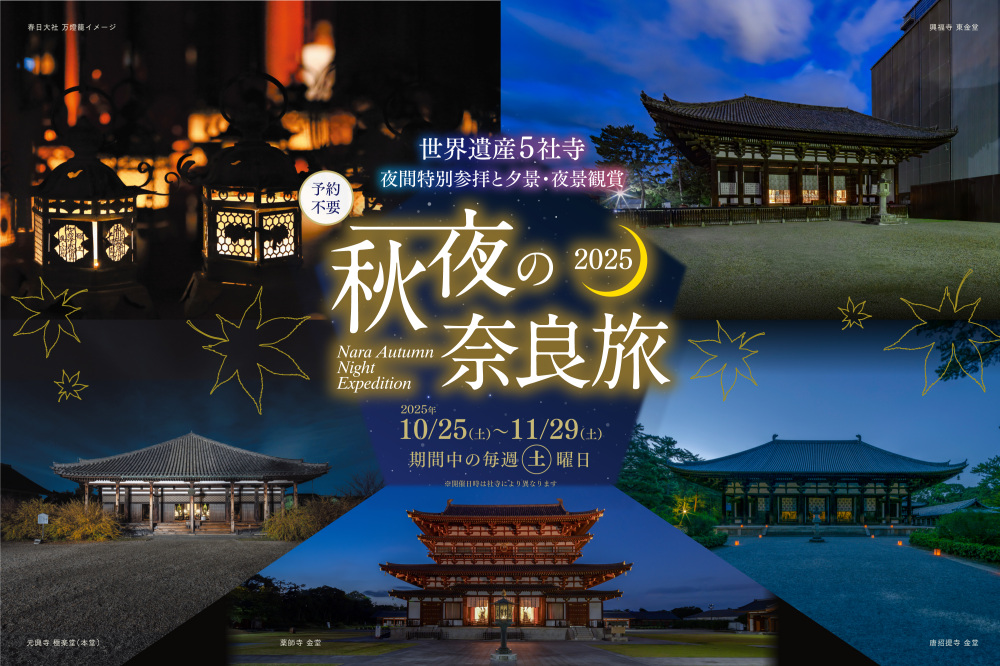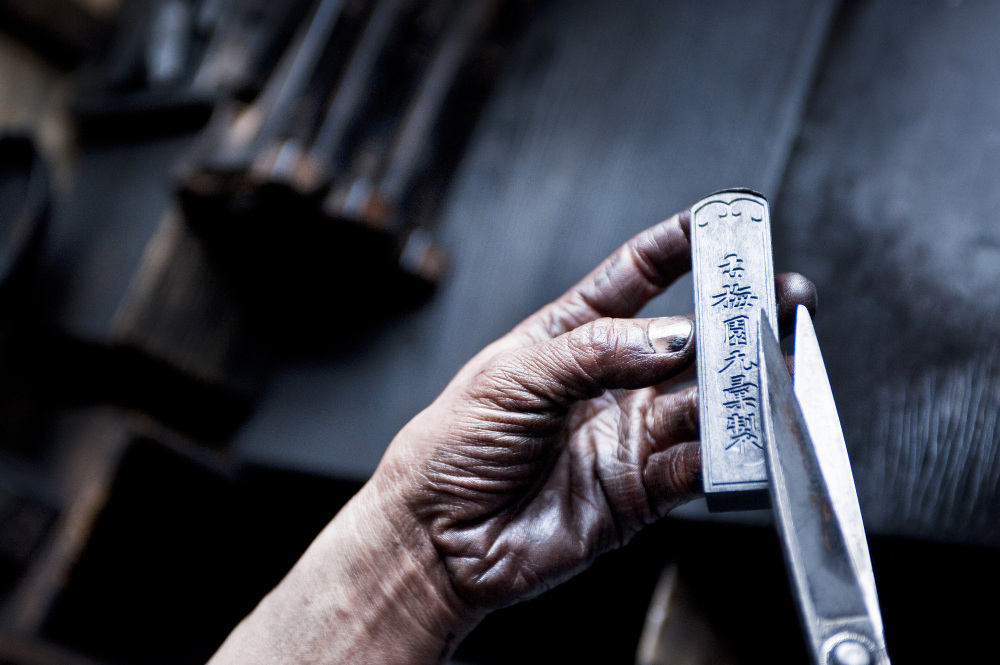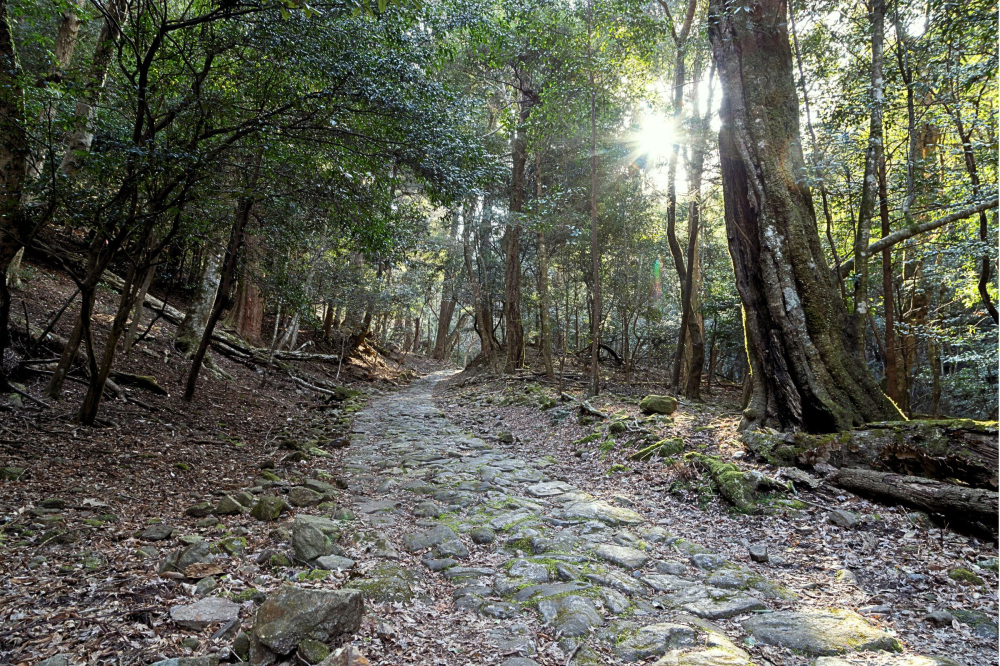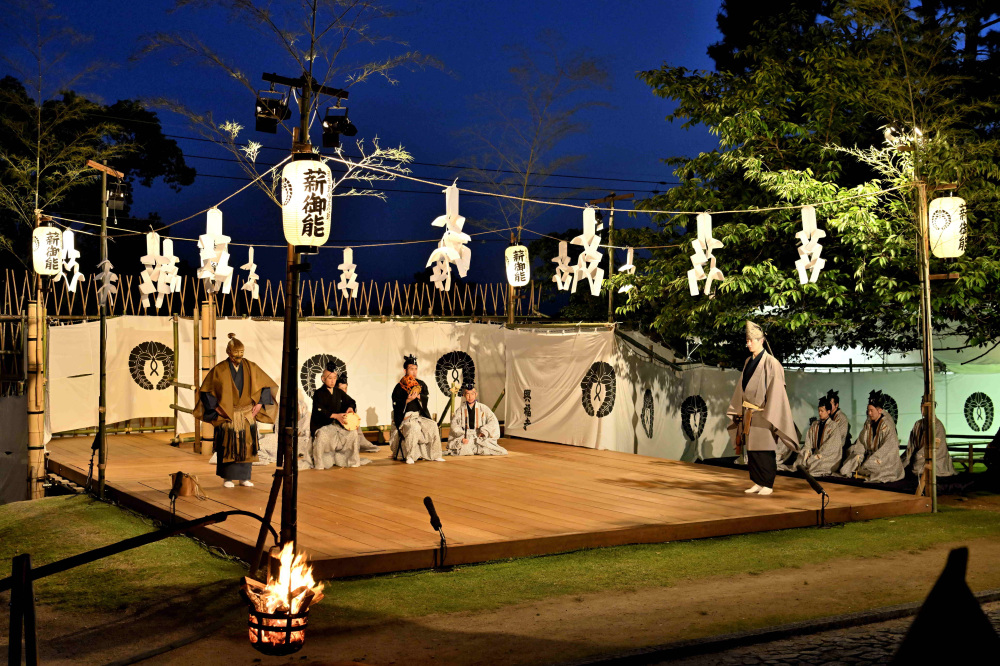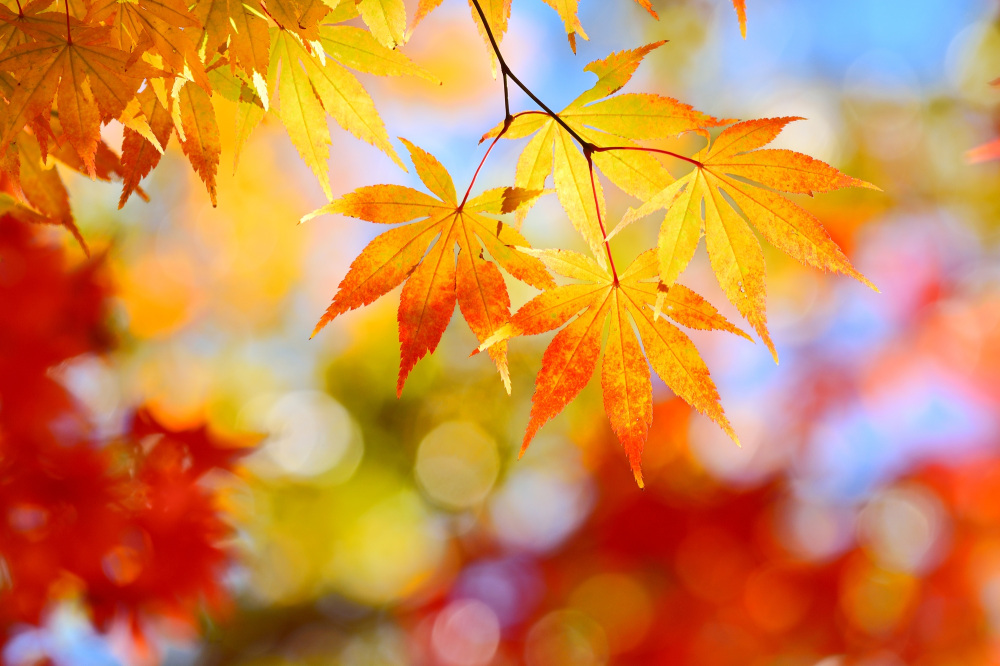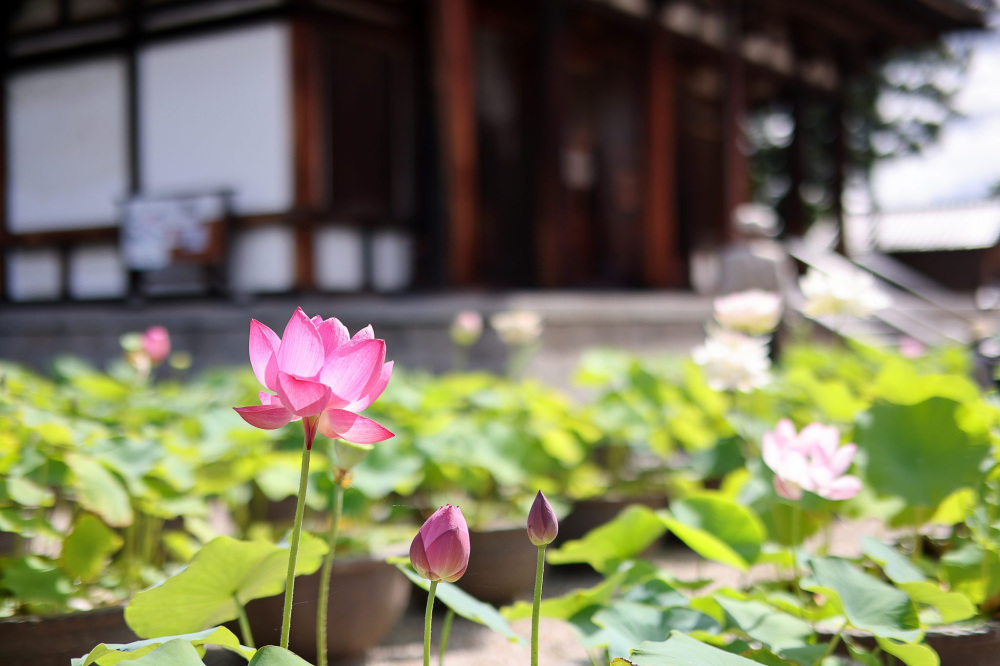Nara's World Heritage Sites
INDEX
- About Nara's World Heritage Sites
- Why the "Historic Monuments of Ancient Nara" were selected
- What sets the World Heritage Sites of Nara apart
- See more about Nara's eight World Heritage Sites.
- Todaiji Temple
- Kohfukuji Temple
- Kasugataisha Shrine
- Mount Kasuga Primeval Forest
- Gangoji Temple
- Yakushiji Temple
- Toshodaiji Temple
- Nara Palace Site Historical Park
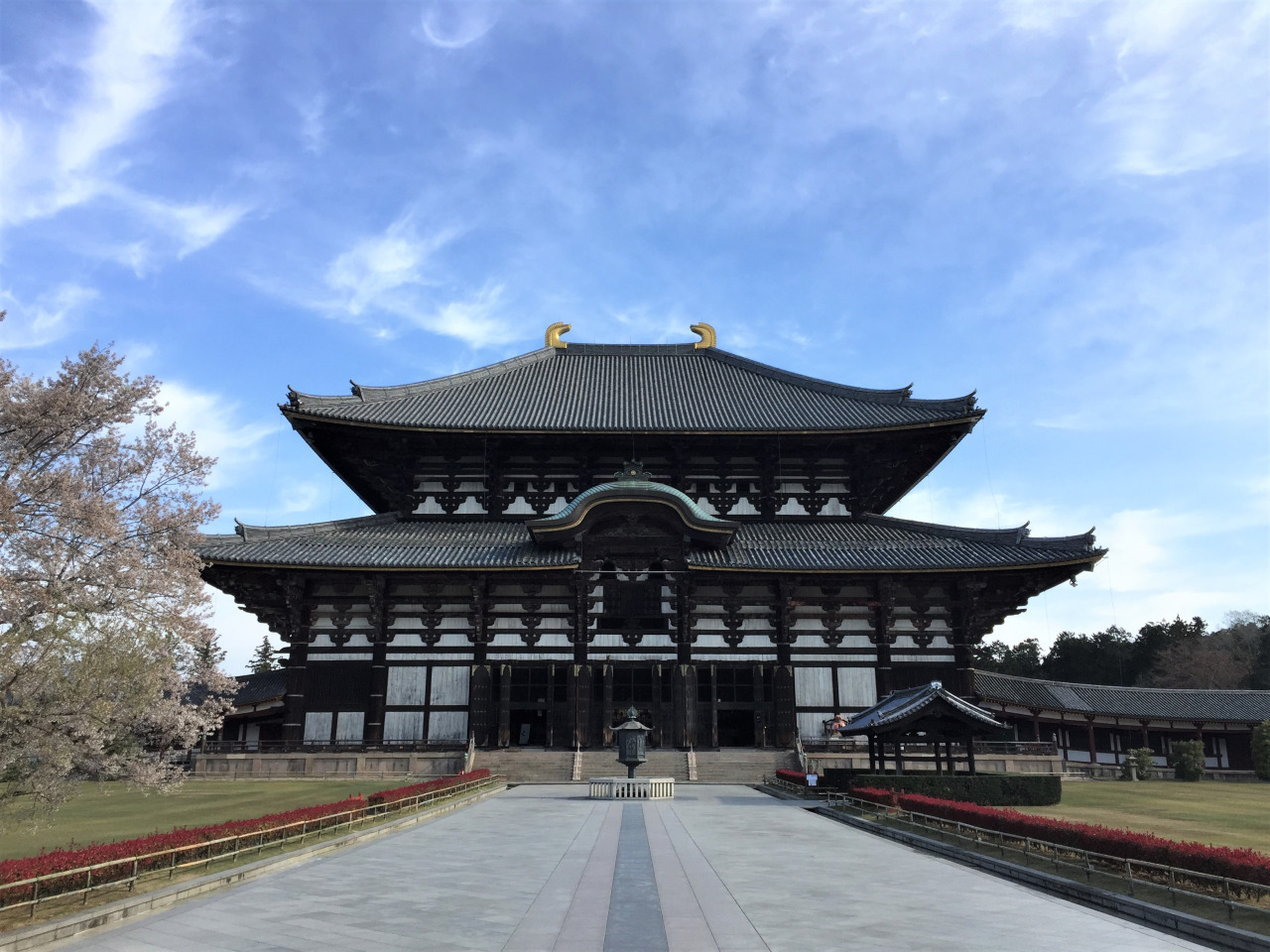
About Nara's World Heritage Sites
These refer to Nara City's historical remains, landmarks, and natural monuments, which were added to the list of UNESCO World Heritage Sites in December of 1998. These items are listed as eight "Historic Monuments of Ancient Nara.
◆ Cultural assets listed as national treasures in Japan, and formally designated historical grounds.
- Todaiji Temple

- Kohfukuji Temple
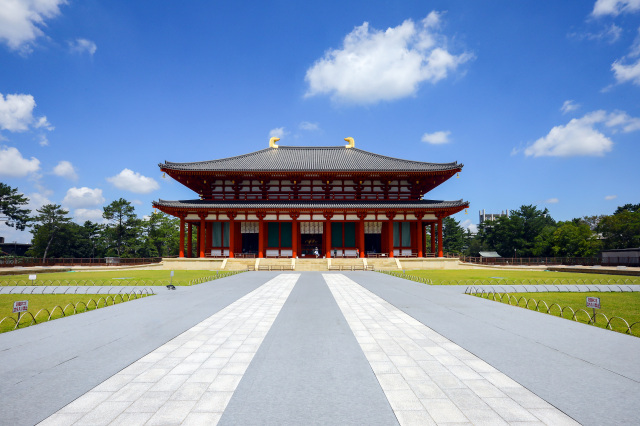
- Kasugataisha Shrine
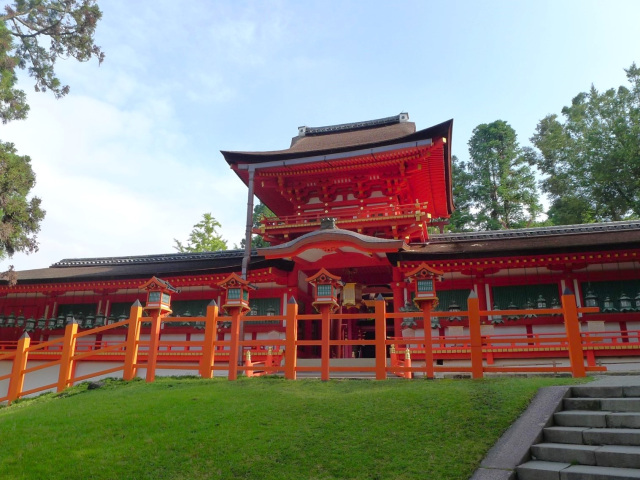
- Gangoji Temple
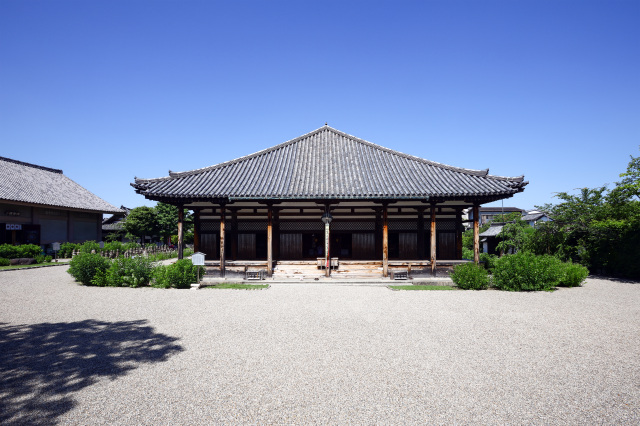
- Yakushiji Temple

- Toshodaiji Temple
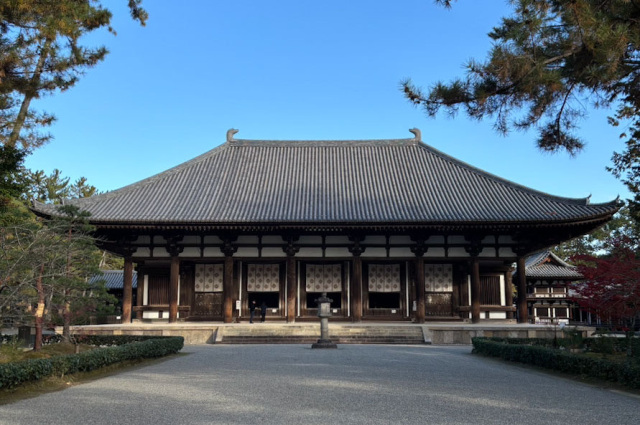
◆ Special Historical Grounds & Special Natural Monuments
- Heijo Palace Site
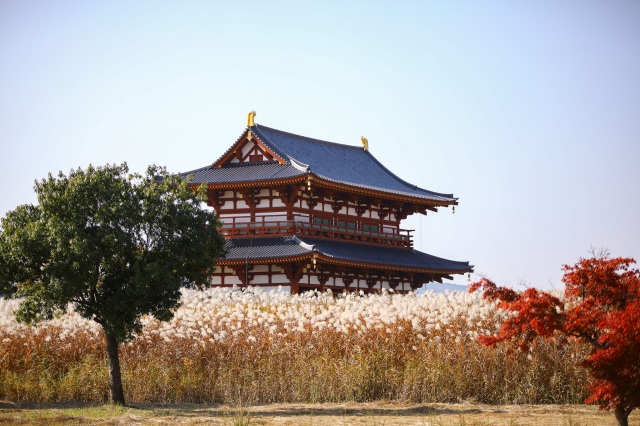
- Mount Kasuga Primeval Forest
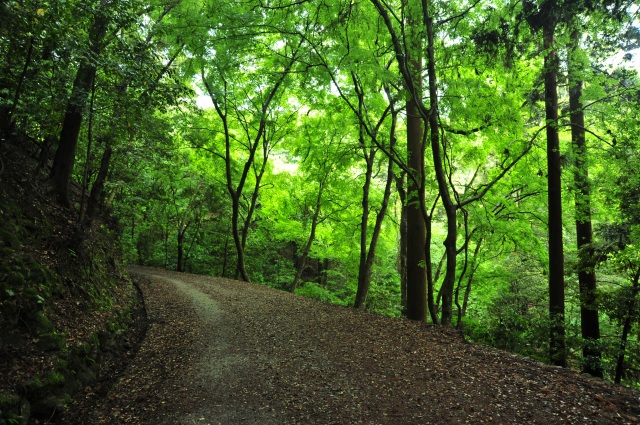
◆ Nara City as a whole is a World Heritage Site. Unlike many UNESCO sites, the "Historic Monuments of Ancient Nara" were not registered as eight individual cultural assets but were instead listed as one. Together, the World Heritage Sites of Ancient Nara tell the story of the city's rich cultural value.
◆ Recognition of Nara's work to preserve its heritage as part of the World Heritage Site selection.
Though it might seem natural to establish restoration plans after a World Heritage designation, the people of Nara greatly value their history and have worked hard to protect their cultural heritage sites even before UNESCO selected them. Nara's initiative and dedication to preserving its history are a great source of pride for the city.
Why the "Historic Monuments of Ancient Nara" were selected
Nara's World Heritage Sites were selected because they met four out of six criteria for cultural assets by UNESCO.
- ◆ Showcasing the developments in arts and technology brought about by international exchange
- Especially during the Tempyo Era (729-749) of the Nara Period (710-784), culture blossomed in Japan due to exchanges with China and Korea. Everything from the architecture of the buildings to the city's layout, as well as Chinese kanji characters, the new schools of thought introduced via Buddhism, and the clothing people wore, developed under the influence of these foreign cultures. It is even possible to see elements of Roman and Persian cultures, brought from far across the distant Silk Road.
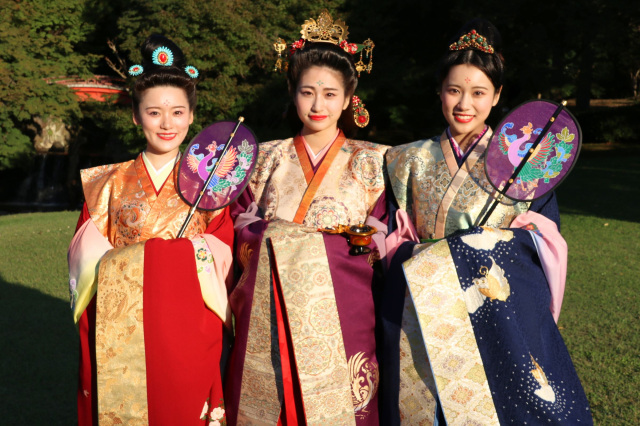
- ◆ Important evidence of culture & civilization
- Today's Nara City was once the capital of ancient Japan. In other words, Nara was the center of culture and civilization, leading the rest of the country. At Heijo Palace Site, visitors can see evidence of Nara's ancient city plan and the grandeur of the old capital.
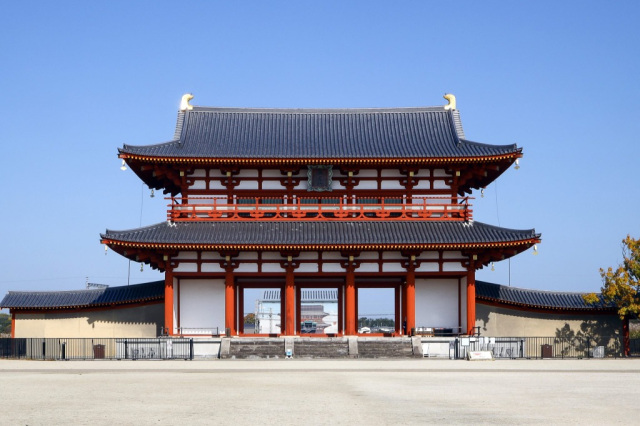
- ◆ The heritage of human history
- The Nara Period (710-794) was an important era for Japanese culture and laid the foundation for the national government. During this time, Emperor Shomu united the nation through Buddhism and mandated the establishment of Buddhist temples in each province across the country. Chief among these was Todaiji Temple. The narrative of Nara's World Heritage Sites illustrates the emergence of Japan.
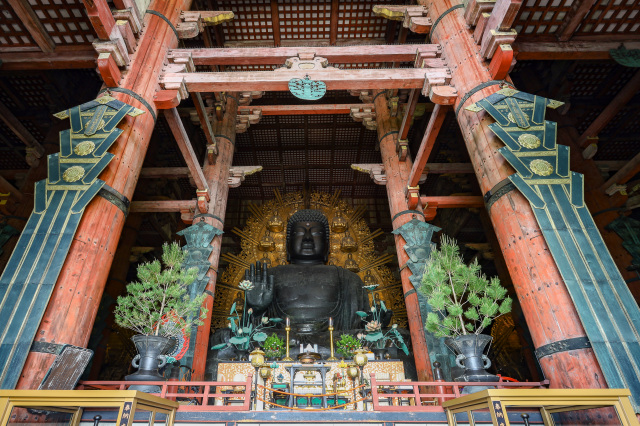
- ◆ Close ties between tradition and belief
- Religious beliefs and cultural traditions are extremely valuable components of their respective cultures worldwide. Nara's shrines and temples are a part of that, of course. Nara's cultural heritage is closely linked to the Japanese belief systems of Shinto (local Japanese gods) and Buddhism. The centuries-old traditions associated with this location contribute to Nara's status as a World Heritage Site.
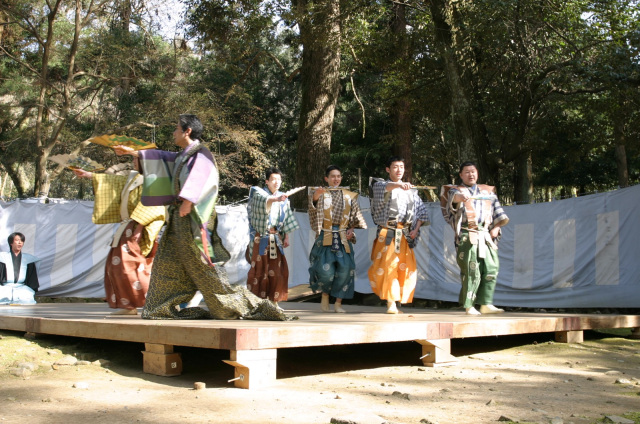
What sets the World Heritage Sites of Nara apart
◆ Beautiful restorations and harmony with nature are paramount in East Asia. Not only in Japan, but across East Asia, Nara is the only ancient city that features the historical ruins of a palace alongside the untouched historical form of its systematically constructed wooden buildings. These wooden structures and the surrounding natural environment coexist harmoniously, creating the cultural scenery that characterizes Nara City.
◆ More than Heian-kyo (794-1868, present-day Kyoto City, a former capital before Tokyo), Heijo-kyo (710-784, present-day Nara City) preserves more of its historical and ancient appearance.
Present-day Kyoto, once called Heian-kyo or Kyo in later years, has experienced considerable development, reshaping it into a modern city where little of its former appearance remains. Much has been lost due to the effects of repeated wars and the transition into a contemporary city. Although Kyoto and Nara are recognized as ancient cities of Japan, their atmospheres are entirely different.
See more about Nara's eight World Heritage Sites.
Todaiji Temple
Todaiji Temple is a famous temple of the Kegon sect founded by Priest Roben. It is known for its "Daibutsu," or Great Buddha, and it serves as a representative temple in Nara. Daibutsuden Hall, which houses the Daibutsu, is considered the largest wooden structure in the world.
When the imperial ordinance was issued for the construction of the Great Buddha, the temple was built under national sponsorship to enshrine the Great Buddha. The consecration ceremony took place in 752. It took nearly 40 years to complete the entire temple complex because the temple site was gradually expanded by adding more halls and pagodas.
Kohfukuji Temple
Kofukuji Temple, adjacent to Todaiji Temple, flourished as a pioneer of aristocratic Buddhism during the Nara period. Of the Seven Great Temples of Nara, it developed while maintaining the closest ties to the city of Nara. In 710, Umayasaka-dera Temple, the predecessor of the current Kofukuji Temple, was moved from Asuka to the capital of Nara by Fujiwara no Fuhito, the most powerful politician and the chief of the Fujiwara Clan. Thereafter, as the guardian temple of the Fujiwara clan, it expanded its influence along with its prosperity. However, in 1180, it was attacked by the Taira clan, and most of the temple buildings were burned down. Nevertheless, during the Kamakura period (1192-1333) until the Muromachi period (-1573), Kohfukuji Temple eventually became the practical ruler of the Yamato Province (present Nara Pref.), gaining sufficient influence repeatedly to lead their warrior monks and appeal to the imperial court in Kyoto.
Kasugataisha Shrine
The Shrine lies within a primeval forest of cedars and black pines. The brilliant vermilion edifices are beautifully contrasted with the surrounding greenery. As you pass through the first and second Torii gates, numerous stone lanterns stand on both sides of the approach to the Shrine. Continuing further, you will find the south gate on the left. The main hall is situated among the trees behind the gate. From the gate, a corridor extends to the left and the right. A thousand lanterns hung from the corridor's eaves create an elegant atmosphere.
Mount Kasuga Primeval Forest
As the site of Kasugataisha Shrine, Mount Kasuga is a sacred mountain, and as such, for over 1,000 years, the felling of trees from its forests has been forbidden. Because of this, ancient evergreen oaks and beech trees grow here in this virgin forest of evergreens and deciduous trees. The depths of this forest are dark even during the daytime, and are home to such rare creatures as the forest green tree frog, the hime-haru cicada, and the clouded salamander. In 1955, the forest was nationally designated as a special natural momument, and in 1998 was registered as a World Heritage Site.
Gangoji Temple
This edifice used to be a part of the priests' living quarters of the Gangoji Temple, and was reconstructed as its main hall (National Treasure) and Zen hall (National Treasure) in the Kamakura period (1192-1333). The temple has attracted commoners since the Middle Ages. Numerous stone Buddhas and folk materials were discovered in the precincts. Thanks to the grand repair from 1950 to 1954, we can appreciate the temple structures during the Kamakura period's reconstruction.
In the storehouse, a small wooden five-storied pagoda (National Treasure), a wooden sitting statue of Amida Buddha, Chiko Mandala, an abundance of articles on folk belief, and so on are displayed.
Yakushiji Temple
The temple's establishment began in 680, at the request of Emperor Temmu, for the Empress's recovery from her illness. Following the capital's transfer to Nara, the temple was relocated to its current site in 718. Regarding the temple's transfer, there are two theories: one suggests that the temple buildings and images of Buddha were entirely moved to the present site, while the other proposes that only the name was transferred, with new constructions of the temple buildings and images at the current location. If the former theory is accurate, the East Pagoda and the Yakushi Triad were created during the Hakuho period (673 - 686).
Toshodaiji Temple
This temple was founded in 759 by the high-ranking Chinese Buddhist priest Ganjin Wajo, who, at the invitation of Emperor Shomu, came to Japan after enduring various hardships. The temple retains its original complex appearance, including the Golden Hall (Main Hall), which features an ornamental ridge-end tile called "Tempyo-no-Iraka," the Kodo Lecture Hall, and the Treasure Hall (wooden repositories). The temple buildings are beautifully arranged, showcasing the broad-mindedness of the people of the Tempyo era (729 - 749). After the capital was moved to Kyoto, the temple experienced a period of decline. However, during the Kamakura period (1192-1333), the temple buildings were restored by the priest Kakujo, and in the Edo period, its structures were repaired.
Nara Palace Site Historical Park
The extensive open lawn between Saidaiji Station and Shin-Omiya Station on the Kintetsu Train is the site of the Heijo Palace ruins, which were the center of the Heijo-kyo Capital for 70 years and the seat of seven successive emperors. The palace was located in the northernmost part of the capital, extending 1.3 km east and west and 1.0 km north and south, covering approximately 120 hectares. Featuring the Daigoku-den and the Chodo-in for formal ceremonies, the Dairi as the emperor's residence, and government offices that included eight ministries and 100 agencies, the palace is believed to have been surrounded by earthen walls and moats, which incorporated a total of 12 gates, with three gates constructed in each direction. The Nara National Cultural Properties Research Institute has continuously excavated the site since 1959.










